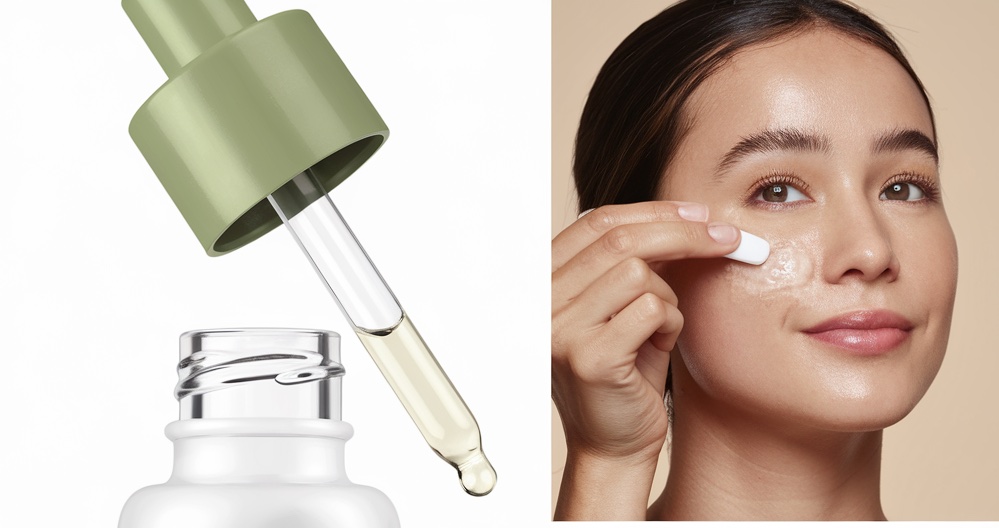Puffy eyes can make you look tired, stressed, and older than you actually are. Whether it’s due to lack of sleep, allergies, aging, or genetics, finding the right solution to reduce under-eye puffiness is essential for a refreshed and youthful appearance. With countless products on the market, choosing the best cream for puffy eyes can be overwhelming. In this guide, we’ll walk you through the key factors to consider when selecting a top-rated eye cream that suits your needs, especially if you have sensitive skin. We’ll also discuss application techniques and what results you can expect before and after consistent use.
Understanding the Causes of Puffy Eyes
Before diving into product selection, it’s important to understand what causes puffy eyes. Common causes include:
- Lack of Sleep: Inadequate rest can cause fluid to accumulate under your eyes, leading to puffiness.
- Allergies: Allergic reactions can cause inflammation and swelling around the eyes.
- Aging: As we age, the tissues and muscles supporting our eyelids weaken, causing fat to move into the lower eyelids and create puffiness.
- Dietary Habits: High salt intake and dehydration can lead to water retention, resulting in swollen eyes.
- Genetics: Some individuals are more prone to under-eye bags due to hereditary factors.
Identifying the root cause of your puffy eyes can help you choose an eye cream that effectively addresses your specific concerns.
Key Ingredients to Look for in Eye Creams
When selecting a top-rated eye cream for puffy eyes, pay attention to the ingredient list. Effective eye creams often contain the following components:
- Caffeine:
- Benefits: Caffeine constricts blood vessels and reduces fluid retention, helping to diminish puffiness and dark circles.
- Suitable for Sensitive Skin: Generally well-tolerated, but always patch-test if you have highly sensitive skin.
- Hyaluronic Acid:
- Benefits: Provides intense hydration, plumps the skin, and reduces the appearance of fine lines.
- Suitable for Sensitive Skin: Known for being gentle and non-irritating.
- Peptides:
- Benefits: Stimulate collagen production, improving skin elasticity and firmness around the eyes.
- Suitable for Sensitive Skin: Look for formulations designed for sensitive skin to avoid irritation.
- Vitamin C:
- Benefits: Brightens the skin, reduces dark circles, and provides antioxidant protection.
- Suitable for Sensitive Skin: Opt for lower concentrations to minimize potential irritation.
- Aloe Vera and Chamomile:
- Benefits: Soothe and calm irritated skin, reducing inflammation and redness.
- Suitable for Sensitive Skin: Highly recommended for their soothing properties.
- Retinol:
- Benefits: Encourages cell turnover and reduces fine lines and wrinkles.
- Suitable for Sensitive Skin: Use with caution; select formulations specifically designed for sensitive skin and start with low concentrations.
Choosing an Eye Cream for Sensitive Skin
If you have sensitive skin, it’s crucial to choose an eye cream that is gentle yet effective. Here are some tips to ensure you make the right choice:
- Look for Hypoallergenic Labels: Products labeled as hypoallergenic are less likely to cause allergic reactions or irritation.
- Fragrance-Free Formulas: Fragrances can be irritating; opt for products without added scents.
- Dermatologist-Tested Products: These have been tested for safety and efficacy, reducing the risk of adverse reactions.
- Avoid Harsh Chemicals: Stay away from parabens, sulfates, and synthetic dyes that can aggravate sensitive skin.
- Read Reviews and Testimonials: Look for eye cream before and after photos and reviews from users with similar skin types to gauge effectiveness and tolerance.
- Patch Test Before Full Application: Apply a small amount on your wrist or behind your ear and wait 24 hours to check for any reactions.
Application Tips: Where and How to Apply Eye Cream Effectively
Proper application is essential to maximize the benefits of your eye cream. Follow these steps to ensure optimal results:
- Cleanse Your Face: Start with a clean canvas by thoroughly washing your face to remove dirt and makeup.
- Use the Right Amount: A pea-sized amount is sufficient for both eyes.
- Apply with Your Ring Finger: The ring finger applies the least pressure, preventing unnecessary tugging on delicate skin.
- Dab Gently Along the Orbital Bone: Where to apply eye cream: Start from the inner corner beneath your eye and gently tap outward along the orbital bone, up to the brow bone. Avoid applying too close to the lash line to prevent irritation.
- Allow Time to Absorb: Give the cream a few minutes to fully absorb before applying additional skincare products or makeup.
- Apply Twice Daily: For best results, use the eye cream in the morning and at night as part of your skincare routine.
- Store Properly: Some eye creams can be stored in the refrigerator for a cooling effect that helps further reduce puffiness upon application.
Expected Results: Eye Cream Before and After
Consistency is key when it comes to seeing noticeable improvements. Here’s what you can expect with regular use:
- Week 1-2: A slight reduction in puffiness and improved hydration around the eye area.
- Week 3-4: More significant decrease in swelling, smoother skin texture, and diminished appearance of fine lines.
- Month 2 and Beyond: Continued reduction in puffiness, brighter and firmer skin around the eyes, and overall more youthful appearance.
Remember, results may vary based on individual skin types and the severity of puffiness. Taking before and after photos can help you track your progress over time.
Additional Tips for Reducing Puffy Eyes
Alongside using a top-rated eye cream, consider incorporating these lifestyle changes for enhanced results:
- Get Adequate Sleep: Aim for 7-9 hours of quality sleep each night to reduce fatigue-related puffiness.
- Stay Hydrated: Drink plenty of water throughout the day to prevent dehydration and fluid retention.
- Maintain a Balanced Diet: Reduce salt intake and incorporate foods rich in vitamins and antioxidants.
- Use Cold Compresses: Applying a cold compress or chilled spoons can provide immediate relief from puffiness.
- Manage Allergies: Treat underlying allergies with appropriate medications to prevent inflammation.
- Protect from Sun Exposure: Wear sunglasses and apply sunscreen to prevent skin damage and premature aging.
Conclusion
Choosing the best cream for puffy eyes involves understanding your skin’s needs and knowing what ingredients to look for. By selecting a top-rated eye cream formulated with effective and gentle ingredients, especially suited for sensitive skin, you can effectively reduce puffiness and rejuvenate the delicate skin around your eyes. Remember to apply the cream correctly and consistently, and complement your skincare routine with healthy lifestyle habits for the best eye cream before and after results. With the right approach, you can achieve a refreshed, youthful, and radiant appearance that boosts your confidence every day.

